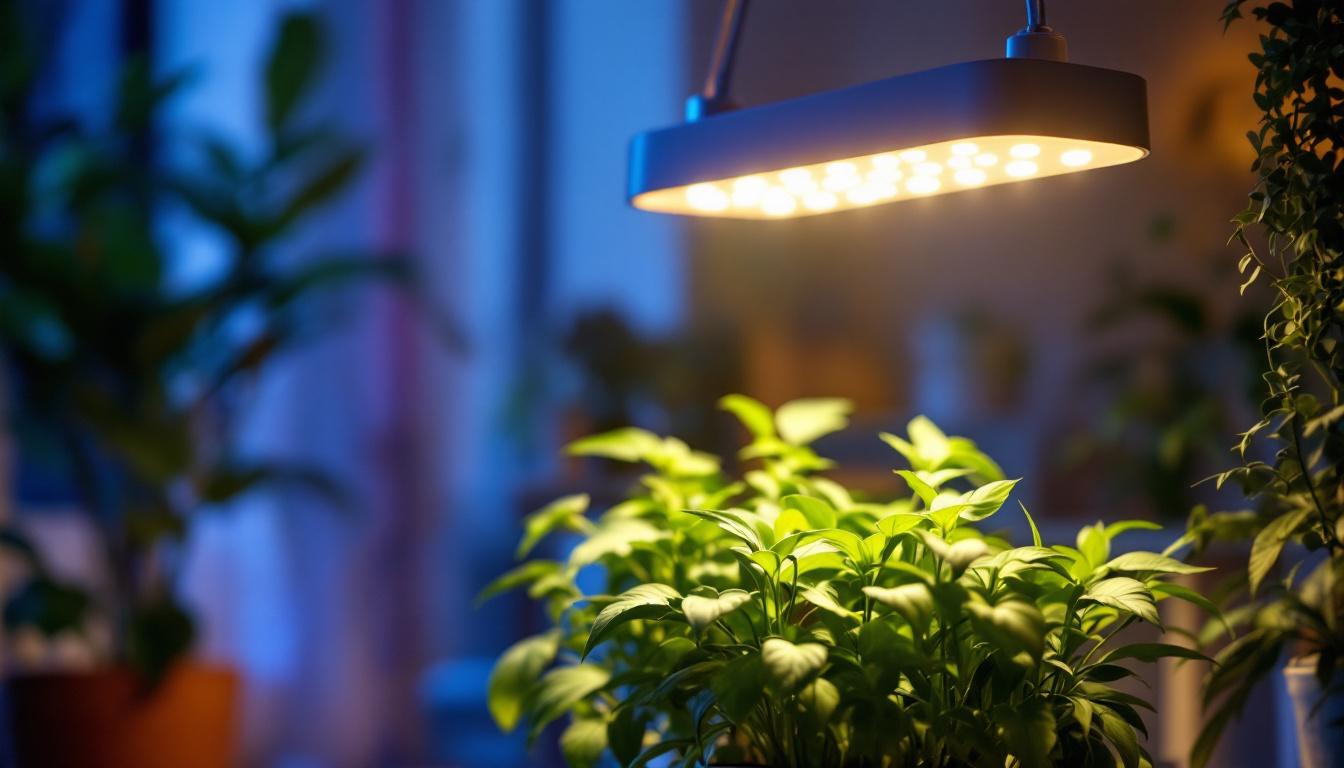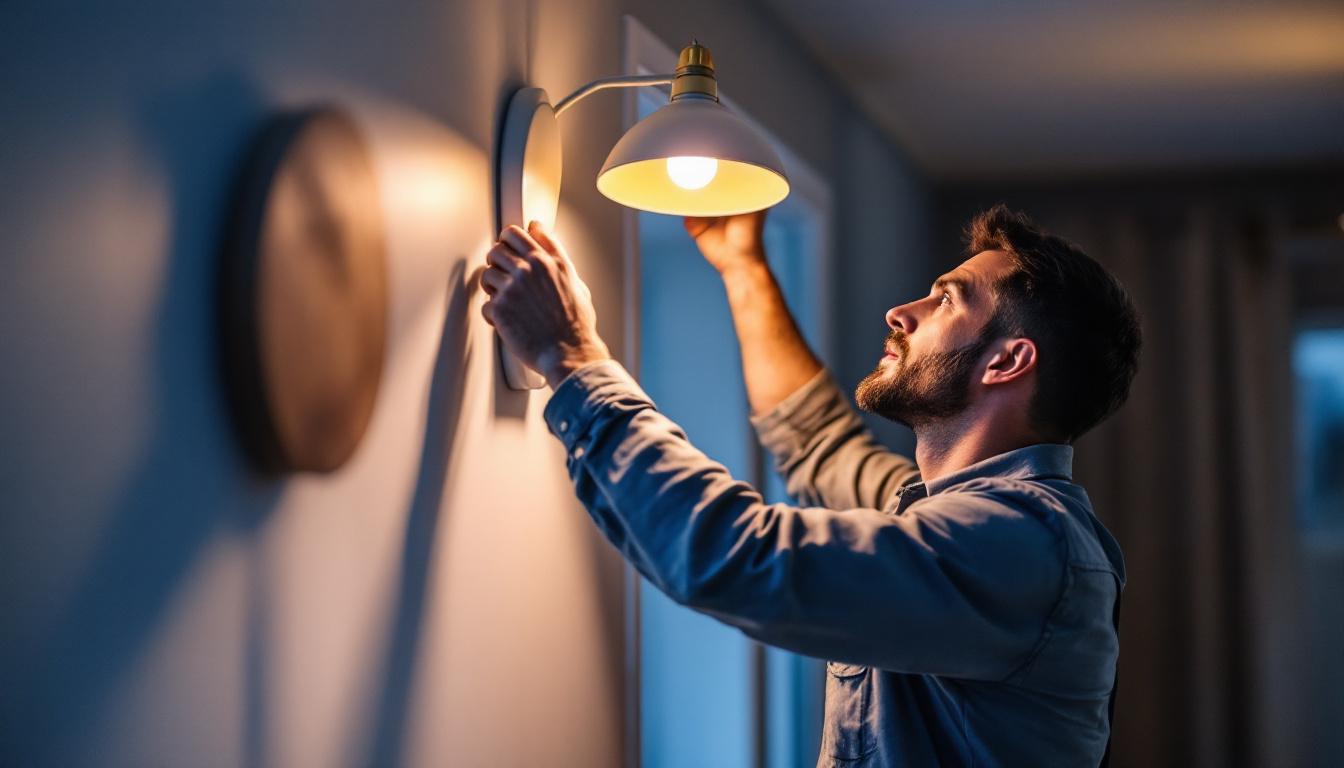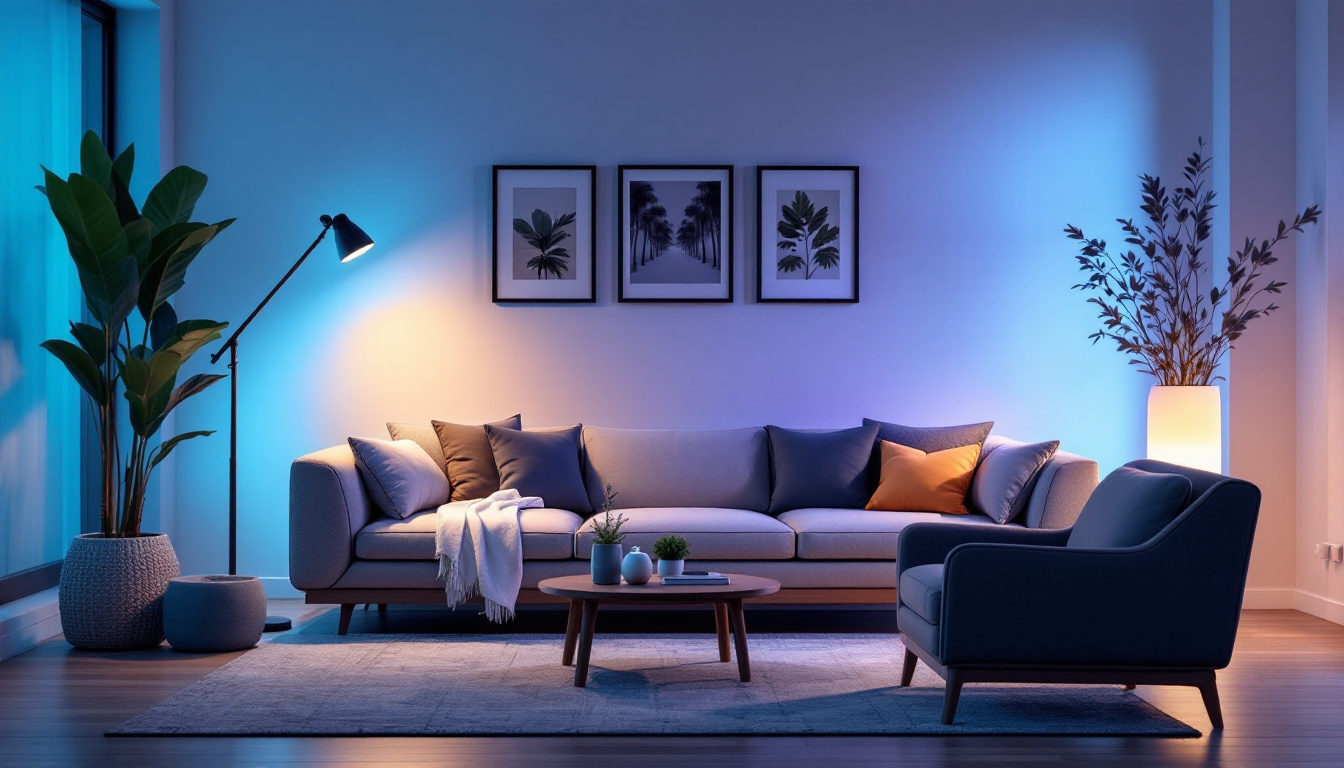
Lighting contractors are increasingly called upon to design and install lighting systems that support plant growth in commercial, industrial, and residential settings. Plant light fixtures are specialized lighting solutions that provide the spectrum and intensity of light necessary for photosynthesis and healthy plant development. Unlike traditional lighting, these fixtures must be carefully selected and installed to optimize plant health, energy efficiency, and operational longevity.
With the rise of indoor farming, vertical agriculture, and controlled environment agriculture (CEA), the demand for effective plant lighting has surged. This shift requires lighting contractors to deepen their knowledge of horticultural lighting technologies, understand plant biology basics, and integrate these systems seamlessly into client projects.
Plant light fixtures are not simply about illuminating a space—they are about delivering the right quality and quantity of light to promote photosynthesis and plant growth. Incorrect lighting can lead to stunted growth, poor yields, and wasted energy. For lighting contractors, mastering the nuances of plant lighting is essential to providing value-added services and ensuring client satisfaction.
Furthermore, the complexity of plant lighting systems demands a high level of technical expertise, from selecting the appropriate fixture types to ensuring proper installation and maintenance. This expertise can differentiate contractors in a competitive market focused on sustainable and efficient agricultural solutions.
In addition to understanding the specific light spectrum required for various plant species, contractors must also be aware of the different types of plant light fixtures available, such as LED, fluorescent, and high-intensity discharge (HID) lights. Each type has its own advantages and disadvantages, including energy consumption, heat output, and lifespan. For instance, while LED lights are known for their energy efficiency and long lifespan, HID lights can provide a more intense light output, which may be beneficial for certain high-light-demand plants. Contractors must evaluate their clients’ specific needs and the types of plants being cultivated to recommend the most suitable lighting solutions.
Moreover, the integration of smart technology into plant lighting systems is becoming increasingly prevalent. Features such as programmable timers, light sensors, and remote monitoring capabilities allow for more precise control over light exposure, which can significantly enhance plant growth outcomes. Lighting contractors who stay abreast of these technological advancements can offer innovative solutions that not only meet but exceed client expectations, positioning themselves as leaders in the evolving field of horticultural lighting.
Plant light fixtures come in various forms, each suited to different plant types, growth stages, and environmental conditions. Understanding these types enables lighting contractors to tailor solutions to specific project requirements.
LED grow lights have revolutionized horticultural lighting due to their energy efficiency, long lifespan, and customizable light spectra. These fixtures can be tuned to emit specific wavelengths that plants need most, such as blue and red light, which are critical for vegetative growth and flowering, respectively.
LED technology also generates less heat compared to traditional lighting, reducing the risk of heat stress on plants and lowering cooling costs. For lighting contractors, LED fixtures offer flexibility in design and installation, making them ideal for vertical farms, greenhouses, and indoor gardens. Furthermore, the ability to daisy-chain multiple LED units allows for expansive setups without the need for extensive wiring, providing a streamlined approach to large-scale installations. The longevity of LED lights, often exceeding 50,000 hours, also means less frequent replacements, which can significantly reduce maintenance costs over time.
HID lights, including Metal Halide (MH) and High-Pressure Sodium (HPS) lamps, have been the traditional choice for plant lighting. MH lamps emit a blue-white spectrum favorable for vegetative growth, while HPS lamps produce a red-orange spectrum that encourages flowering and fruiting.
While HID lights are effective, they consume more energy and generate significant heat, necessitating robust cooling and ventilation systems. Lighting contractors must consider these factors during installation to maintain optimal environmental conditions. Additionally, HID lights require a ballast to regulate their electrical current, adding another layer of complexity to the setup. Despite these challenges, many growers appreciate the intense light output and proven results of HID systems, particularly in larger commercial operations where maximizing yield is paramount. The versatility of HID lights also allows them to be used in conjunction with other lighting types, creating a hybrid system that can optimize plant growth across various stages.
Fluorescent lights, such as T5 and compact fluorescent lamps (CFLs), are often used for seedlings and low-light plants. They are cost-effective and emit less heat, making them suitable for small-scale or hobbyist applications. However, their lower intensity limits their use in commercial-scale operations.
Fluorescent lights are particularly popular among indoor gardeners who cultivate herbs, leafy greens, and other small plants that thrive in lower light conditions. Their lightweight design and ease of installation make them accessible for beginners and experienced growers alike. Additionally, the spectrum of light emitted by fluorescent tubes can be tailored with specific bulbs designed for plant growth, enhancing their effectiveness. For those looking to expand their gardening efforts, combining fluorescent lights with supplemental lighting options can help bridge the gap in intensity, allowing for a more diverse range of plants to flourish indoors. As energy-efficient options continue to evolve, fluorescent fixtures remain a staple for those starting their journey in indoor gardening or maintaining small-scale setups.
Choosing the right plant light fixture involves multiple factors that influence plant health, energy consumption, and project feasibility. Lighting contractors must evaluate these considerations carefully to deliver optimal outcomes.
Plants use light primarily in the 400-700 nanometer range, known as photosynthetically active radiation (PAR). Lighting contractors should select fixtures that provide a balanced spectrum tailored to the plant species and growth stage. For example, blue light promotes leaf growth, while red light encourages flowering and fruiting.
Modern LED fixtures often allow spectrum customization, enabling precise control over plant development. Understanding the spectral needs of plants ensures that lighting systems support photosynthesis efficiently.
Light intensity, measured in micromoles per square meter per second (µmol/m²/s), affects the rate of photosynthesis. Lighting contractors must calculate the required intensity based on plant type, growth phase, and cultivation area. Uniform light distribution is equally important to prevent uneven growth and maximize space utilization.
Fixtures should be positioned and spaced to deliver consistent light coverage, avoiding hotspots or shaded areas. Tools such as light meters and simulation software can assist contractors in designing effective layouts.
Energy consumption is a significant operational cost in plant lighting systems. Lighting contractors should prioritize energy-efficient fixtures, such as LEDs, to reduce electricity usage and lower the client’s carbon footprint. Additionally, fixtures with dimming capabilities and programmable controls can optimize light usage based on plant needs and daily cycles.
Considering the total cost of ownership, including maintenance and replacement, helps clients achieve sustainable and cost-effective solutions.
Excess heat from lighting fixtures can stress plants and increase cooling requirements. Lighting contractors must assess the heat output of fixtures and design appropriate ventilation or cooling systems. LED fixtures typically emit less heat, simplifying environmental control.
Integration with existing HVAC systems and environmental controls ensures that lighting complements other growth factors such as temperature, humidity, and CO2 levels.
Proper installation is critical to maximizing the performance and lifespan of plant light fixtures. Lighting contractors should adhere to industry best practices to ensure safety, functionality, and ease of maintenance.
Fixtures should be mounted at heights that provide optimal light intensity without causing damage to plants. Adjustable mounting systems allow for repositioning as plants grow. Contractors must also consider the angle and orientation of fixtures to achieve uniform light distribution.
Plant lighting installations must comply with local electrical codes and standards. Proper grounding, wiring, and protection against moisture are essential, especially in humid greenhouse environments. Lighting contractors should use waterproof and corrosion-resistant fixtures and connectors where necessary.
Integrating lighting controls, such as timers, dimmers, and sensors, enhances energy efficiency and plant growth management. Automated systems can simulate natural light cycles, adjust intensity based on ambient conditions, and enable remote monitoring. Lighting contractors should be proficient in installing and programming these control systems to meet client needs.
Ongoing maintenance ensures that plant light fixtures operate at peak efficiency and longevity. Lighting contractors should provide clients with maintenance guidelines and be prepared to offer troubleshooting services.
Dust, dirt, and plant debris can accumulate on fixtures, reducing light output. Regular cleaning of lenses and reflectors is necessary. Contractors should advise clients on safe cleaning methods and schedules to maintain optimal performance.
Over time, light intensity and spectral output may degrade. Using light meters to periodically measure fixture output helps identify when replacements or repairs are needed. Contractors can offer maintenance contracts to ensure continuous system reliability.
Common problems include flickering lights, uneven illumination, and fixture overheating. Diagnosing these issues involves checking electrical connections, verifying control system settings, and assessing environmental factors. Prompt resolution minimizes plant stress and production losses.
The plant lighting industry is evolving rapidly, with innovations that lighting contractors should monitor to stay competitive and deliver cutting-edge solutions.
Advancements in smart lighting enable real-time monitoring and adaptive control of plant light fixtures via the Internet of Things (IoT). This technology allows precise adjustments based on plant feedback and environmental data, optimizing growth conditions and reducing waste.
Research into plant photobiology is driving the development of fixtures that can dynamically adjust spectral output to match specific plant responses. This precision lighting enhances yield quality and energy efficiency.
There is growing emphasis on environmentally sustainable lighting solutions, including fixtures made from recyclable materials and designs that facilitate easy disassembly and recycling. Lighting contractors can support clients’ sustainability goals by incorporating these products.
For lighting contractors, mastering the essentials of plant light fixtures is vital in an era where agriculture increasingly relies on controlled environment systems. Understanding the types of fixtures, key selection criteria, installation best practices, and maintenance requirements equips contractors to deliver high-performance, energy-efficient lighting solutions that promote healthy plant growth.
By staying informed about emerging technologies and industry trends, lighting contractors can position themselves as trusted experts in horticultural lighting, driving business growth and contributing to the future of sustainable agriculture.
Ready to elevate your lighting projects with high-quality plant light fixtures that promise performance and affordability? Look no further than LumenWholesale. Our spec-grade lighting products are designed to meet the rigorous demands of modern horticultural applications, ensuring your installations thrive. By choosing us, you’ll benefit from wholesale pricing that bypasses the middleman, free shipping for bulk orders, and the assurance of industry-standard reliability. Don’t compromise on quality or value—visit LumenWholesale today for the best in wholesale lighting solutions.

Discover the essential steps to safely and effectively change a light ballast, and learn why this often-overlooked component is crucial for optimal lighting performance and energy efficiency in your installations..

Discover how to enhance your lighting setup with 4-foot fluorescent light bulbs.

Discover expert insights on overcoming common challenges faced by lighting contractors in this comprehensive guide.

Discover the intriguing world of set lighting with insights from expert contractors.